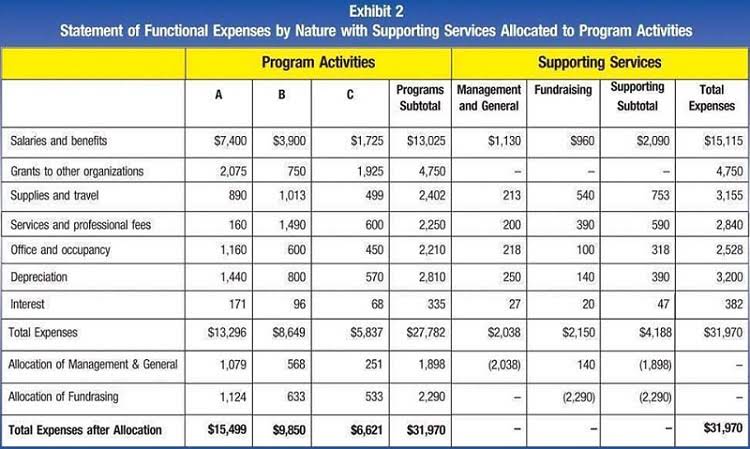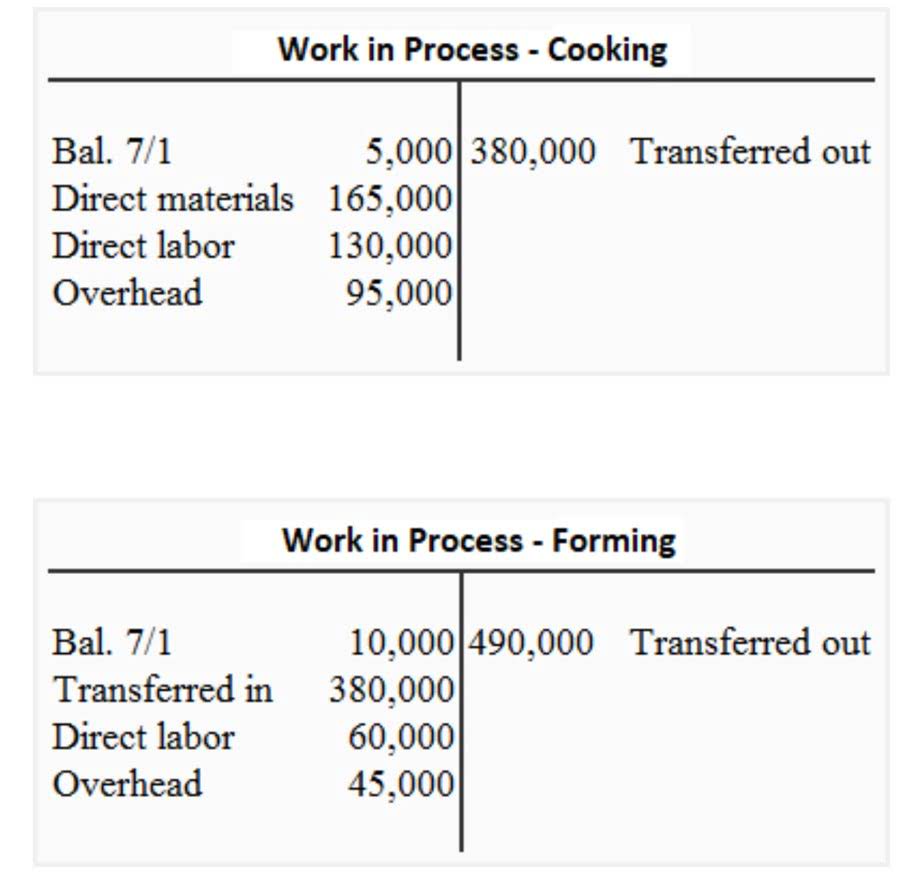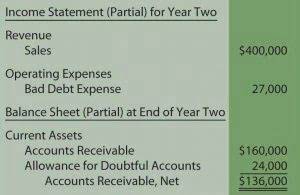
It is concerned with the variable cost component, i.e., additional costs incurred for producing an extra product unit. Activity-based costing is a more specific way of allocating overhead costs based on “activities” that actually contribute to overhead costs. In job-order costing and variance analysis, overhead costs are applied based on a specific cost driver such as labor hours or machine hours. In order to attribute overhead costs precisely in ABC, it is crucial to judiciously analyze their source and consumption patterns, which can be intricate and subject to change.

The what and why of Activity-Based Costing (ABC)

ABC is an accounting method used to determine the cost of doing business. It is very similar to the traditional accounting method used to calculate business costs. The main difference is that ABC calculates costs based on activities instead of products. This is because ABC considers all of the resources used in the production process, not just those easily measurable. In addition, activity-based costing can pinpoint areas where products or services are overpriced. By understanding the full cost of each activity involved in producing a product or service, companies can ensure that they are not charging too much for their products or services.

Disadvantages of Activity-Based Costing
- Activity-based costing (ABC) resolves this issue by precisely assigning specific indirect costs to several products produced by the company.
- These sessions aim to map out the workflow and pinpoint the activities that consume resources.
- CFO Consultants, LLC has the skilled staff, experience, and expertise at a price that delivers value.
- Because ABC gives specific production cost breakdowns, you can see which products are actually profitable.
- Activity-Based Costing (ABC) revolves around the idea that not all overhead costs are created equal.
With ABC, organizations obtain a clearer and more accurate understanding of their costs, enabling them to make strategic decisions that directly impact their bottom line. As businesses become more sophisticated, so too do the techniques they employ to manage costs. Advanced techniques in Activity-Based Costing (ABC) go beyond basic cost allocation to provide deeper insights and more strategic advantages. One such technique is time-driven ABC, which simplifies the traditional ABC model Bookkeeping for Painters by using time as the primary cost driver.
- The problem is that traditional costing methods can generate waste and keep companies from earning the profits they desire.
- By integrating predictive analytics with ABC, businesses can anticipate changes in cost structures and make proactive adjustments.
- You also have to consider what type of business project you are starting.
- Even though they haven’t clocked in on a job yet, your business expenses are already adding up.
- The state of the art approach with authentication and authorization in IETF standard RADIUS gives an easy solution for accounting all workposition based activities.
- With ABC, they can make informed decisions, like improving that process or reallocating resources, which ultimately leads to better financial health.
Data collection can be laborious and may take time to track changes- Disadvantages Of Activity-Based Costing
The main purpose of activity-based costing is to allocate specific indirect costs to products to gain detailed insights into product costing and profitability. It enables companies to improve their cost management and pricing strategies by singling out specific activities that are raising production costs and require improvements. The final step is to activity based pricing use the data from the ABC technique to take actions to minimize costs and maximize profits.
- In addition, it can be useful for the controller to monitor the actions taken by management in response to ABC reports.
- Finance teams are increasingly under pressure to provide CEOs and other executives with information related to their business’ current financial scenario — but it’s not always easy for them to do so.
- In conclusion, the choice between activity-based costing and traditional costing depends on the specific needs and goals of a business.
- Some ABC systems place activities in descending order based on the value they provide to the organization or the products it produces.
Knowing your expenses accurately is more crucial than ever in a world where every cent matters. Imagine running a small business and feeling your expenses going out of control. You start thinking, “Where is my money going?” This is where Activity-Based Costing (ABC) comes into play. ABC is not just another accounting method, it’s like having a magnifying glass that lets you see exactly where your resources are being spent, helping you gain control and make smarter decisions.
- Now that we have understood the basic principles of Activity-Based Costing (ABC), let’s explore its application with a practical costing scenario.
- In conclusion, incorporating ABC into the accounting process has tangible benefits for businesses looking to optimize their pricing strategies.
- The end consequence was mainly frustration and discontent, which sparked the beginning of the ABC backlash.
- This analysis is a handy tool to help you determine how much money you need to spend to generate additional revenues.
- It does this by calculating the costs of the many different sources of indirect costs and then assigning those costs to the particular activities that make use of those costs.
Activity-Based Costing Systems Are Expensive
However, if you run a small business with simple cost structures, traditional costing may be sufficient. Evaluate your needs before implementing ABC to ensure it aligns with your business goals. This distinction would not be represented in the pricing methods that are more traditionally used. As a result, a business that produces an increasing number of individualized goods (and that bases its prices on historical costings) may quickly discover that it is operating at a significant loss. It requires developing an income summary analysis examining the value of different organizational activities.
